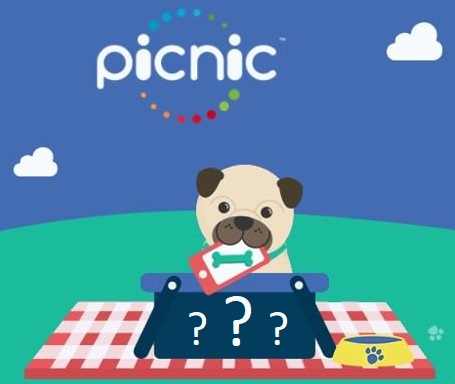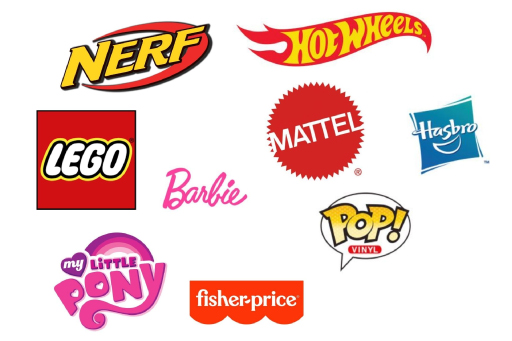Demystifying Intrinsic & Extrinsic Motivation: Rewarding Rewards & Incenting Incentives

2015/03/12
Applying game-design thinking into non-game situations to make them fun and engaging is what some people call “gamification.” On the surface, it sounds like a great idea—turn boring interactions or information into something that feels fun and game-like!
What’s not to like?
But here at Pug Pharm where we design community engagement solutions to solve challenging business problems for a living, we shudder at the thought of being called a gamification company. Why? Because “gamification” is so buzz-wordy that it screams “one-size-fits-all-magic-bullet-solution” in a shrill, screechy voice.
Truth is, this stuff is not easy to do. We come from a video game design background, so we know. And there are already way too many bad examples out there for us to even count, such as:
- Classic games sloppily reskinned with brand logos, products, or themes (think: Bejeweled gems replaced by Nabisco cookies).
- Reckless rewards & flagrant bribery, whereby doing something you really don’t want to do (give personal information, share your friends list, answer surveys, etc.) is rewarded with prizes, coupons, points, badges, or levels.
- Things that people think are fun but really aren’t, like when your grandma has you over to clean, sort, and organize her massive collection of porcelain turtles.
Let’s dive in a bit here, starting with #1. I suppose there’s nothing fundamentally wrong with wanting to re-purpose the mechanics of a popular game already proven to be fun. But often when this happens, the design is chosen strictly for its current cultural significance or popularity, having nothing to do with the brand or what the brand has to offer. It’s blatantly opportunistic, and everyone knows it. There isn’t anything that creates a meaningful connection with the brand or gives a way to recognize players who are particularly loyal customers. Once the player grows tired of the game (and trust me, they will), the brand-game association becomes broken and easily forgotten. And all the time and money sunk into building the thing and then driving an audience to it is dumped down the toilet.
What about rewards, badges, points, and such? They’re all the rage these days, surely they must work? Not so fast, chief. You’re clearly looking for a quick-fix here, dangling incentives that have economic value in front of people in the hopes of manipulating their behavior. And don’t pretend you’re not doing it, because it’s pretty obvious. In the world of game design, we call this extrinsic motivation. It means that an external incentive is present and intends to motivate the player to keep doing something they otherwise might not want to do. It’s cheap. It’s easy. And it usually works for a short amount of time, that is, before your community wises-up and slaps you in the face with the sting of some well-deserved loyalty backlash.
The holy grail counterpoint here is something we call intrinsic motivation—focusing on those things that people inherently already enjoy doing. Examples are all around, like eating ice cream, mastering skills, collecting interesting things, collaborating with others, or clearing rows in a Tetris game. By further encouraging people to do things they already like, they will want to continue doing it even more. Intrinsically motivating mechanics in a gamified solution dramatically increases the community-engagement rate, loyalty, motivation, and continued participation.
If you’re relying mostly on extrinsic rewards, you run a big risk of backlash when you take them away. Think about how motivated you’d be to enter a contest where someone else has already won the grand prize? And even if you do enter a long-odds contest where the prize is still up for grabs, the odds say you’re almost certainly going to lose, leaving you with nothing but the lingering disappointment of realizing something you wanted has been suddenly snatched away from you. “I didn’t win a laptop” can easily become “This is not fun” or even “I don’t like this brand anymore.”
And you don’t want that.
The root problem here is that adding extrinsic motivators is the easier starting point, which is why so many “gamification” gurus out there are quick to slap around a few points and badges and cross their fingers. But that doesn’t mean we should never include such motivators in a game or a gamified project.
To keep players engaged, we game designers know that the key here is to make use of both intrinsic and extrinsic motivators together in a balanced way. But how do we find out what intrinsically motivates the user? How can we design a way for a desired action to be intrinsically fun to perform? And most importantly, how do we achieve balance to create a fun, engaging, and strategic activity? If you think that’s as easy as spreading warm peanut butter on toast, you’re dead wrong. It’s hard to do, and it takes years of practice to become even passably competent at it. If you need proof, just consider this:
Over 80% of all video games do not achieve commercial success, despite being designed and produced by experienced experts.
It’s no big surprise that our game design experts who have soaked in the video game industry for years actually understand how to effectively engage a community of users with effective & meaningful game mechanics. We first dive into gaining a deep understanding of the brand, its goals, and its target community, which is an important step to fish out what motivates the users. Then, supporting the user narrative, we use balanced and tested game design models to create a compelling and lasting activity that delivers rich exploration, discovery, and meaningful choices. Not only that, but the things we help bring to market also look, sound, and play great!
Congratulations for having caught a glimpse of what it takes to make a gamification project fail or succeed. Do you want your project to be one of the bad gamification examples? Stay tuned for more game design tips for cutting-edge community engagement solutions.



